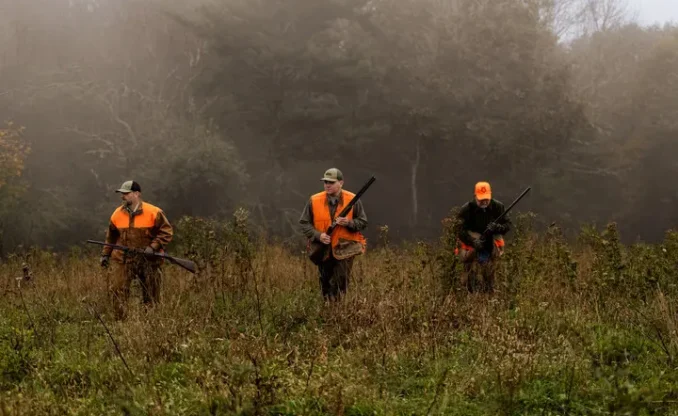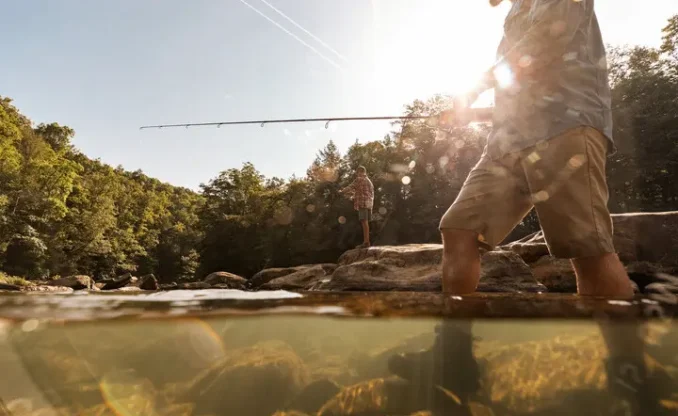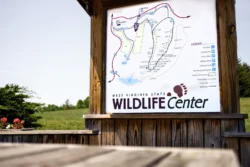Hummingbird Overview
Every once in a while, West Virginia is home to some pretty unusual animals. Not the ones intentionally released in the state or found in tropical pet stores, but ones that arrive on their own under unusual circumstances. For example, this past summer a rare, Central American Green Violet-eared hummingbird was sighted buzzing around a hummingbird feeder in Terra Alta, West Virginia, along with most on the Eastern United States, is usually home for only one species of hummingbird – the Ruby-throated hummingbird. These are the common hummingbirds found in most gardens and can been seen feeding at hummingbird feeders throughout the state. “Hummers” are the smallest of all birds and weigh less than one ounce. The Green Violet-eared hummingbird is one of the larger hummingbirds and measures four inches in length. Normally this bird calls Panama and Central America its home and this is the first time one was seen in the Mountain State.
The appearance of this critter sent a wave of curious bird watchers to see for themselves. Spotting scopes and binoculars were posed for a fleeting glance of this rare bird. Suddenly, the bird zoomed in and fed at one of the hummingbird feeders located around a house. For about ten seconds it fed, then retreated into the woods; repeating this process every fifteen minutes. It had been feeding like this for two weeks.
There have been a few documented occurrences of this rare hummer in North Carolina and several in Texas, but none in West Virginia. What is it doing here, how did it get here, and will it stay? It probably was blown off course during a severe storm and landed in our state. These tiny birds hardly weigh anything and can be easily tossed about in a storm.
There is no way of knowing how long it has been in the state. It may have been here quite a while and only recently identified feeding at a feeder. It may have been feeding on natural flower nectar before it wandered around and found a feeder. Also, since we only have one type of hummingbird (the Ruby-throated) most people don’t bother to take the time for a second look.
There is also no way of knowing how long it will stay, since it has never been here before. One can guess that as soon as the days become shorter and the temperature starts dropping (all indications of winter closing in) this little flyer will migrate along with all the hummingbirds throughout the state. Will it return? Who knows? But, the next time you see a hummingbird darting around your feeder take the time for a second look!
Jim Fregonara is a wildlife biologist stationed in Elkins.



